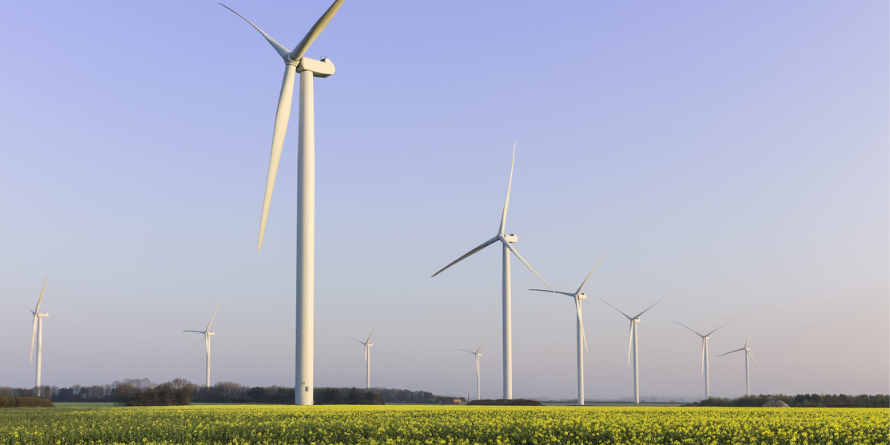Posted on: 14/05/2024
This week's energy news headlines: Renewables reached a record 30% of global power generation last year; An industry body has called for more clarity for existing assets over the REMA reforms; A report finds grid capacity constraints added nearly £1bn of costs to electricity bills last year. Our industry round-up includes the latest updates from Government departments and energy regulators.

 United States
United States Australia
Australia





